Chiaroscuro is a dramatic lighting technique that can help you take outstanding portraits. It doesn’t matter if you’re a beginner or don’t own professional camera equipment.
You can still achieve the chiaroscuro lighting effect you’re after.
Here’s how.
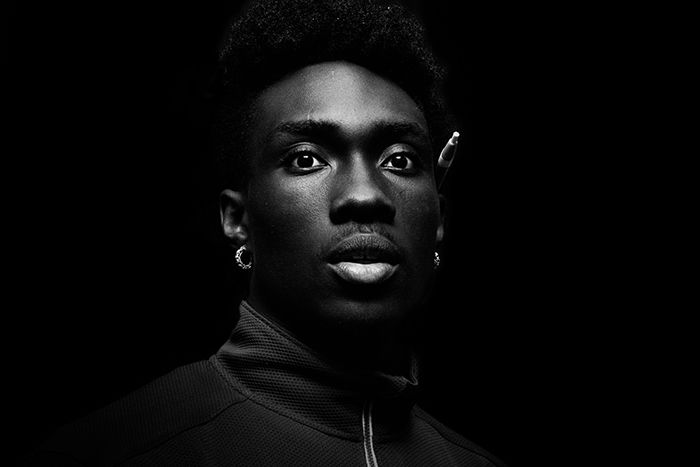
Using a single light will highlight very specific parts of your model’s face and create a moody atmosphere.
The dramatic effect of chiaroscuro lighting isn’t difficult to achieve. Even if you don’t own professional lighting setup.
Here are a few technical tips you should keep in mind before you start shooting.
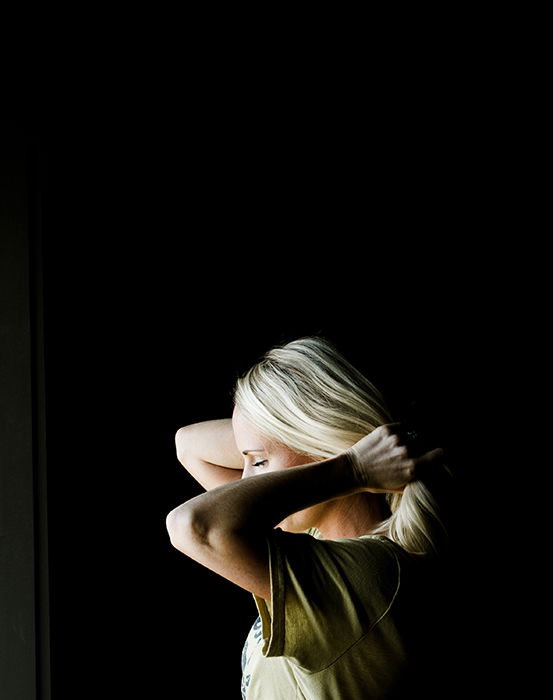
Natural light might highlight certain objects in the background. You can easily paint over them in Photoshop or Lightroom to make your composition look tidier.
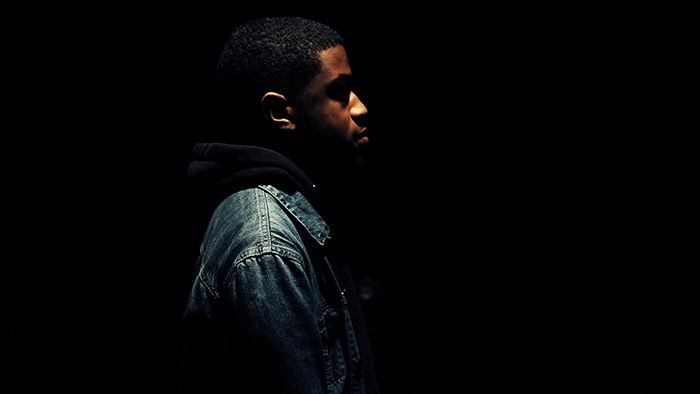
Most chiaroscuro portraits have black or drak backgrounds. But these don’t have to be professional or expensive.
If you’re on a budget, you can buy a small black backdrop for as little as £10. Make sure your model can freely move in front of that backdrop. You can fill the empty spaces in Photoshop using the brush tool.
If you’re a fan of DIY projects, you can create your own backdrop using black paint and a piece of cardboard. You can also paint over other materials if you want to add more texture to your background.
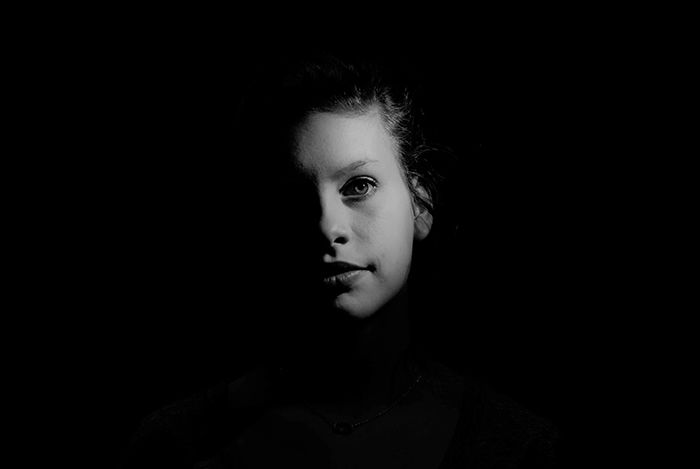
Chiaroscuro works great with black and white portrait photography. It will add even more depth to your portraits. It’ll emphasise the textures of your model’s body (such as freckles, clothing wrinkles, and expressions). And it will make it easy for you to work with backgrounds that aren’t pure black.
A dark green backdrop might not look that great in a colored chiaroscuro portrait. But you can convert it to black & white in your editing program. Then you’ll be able to create that unique black background effect.
There’s a lot you can do with a single source of light. Here are a few ideas to inspire you.
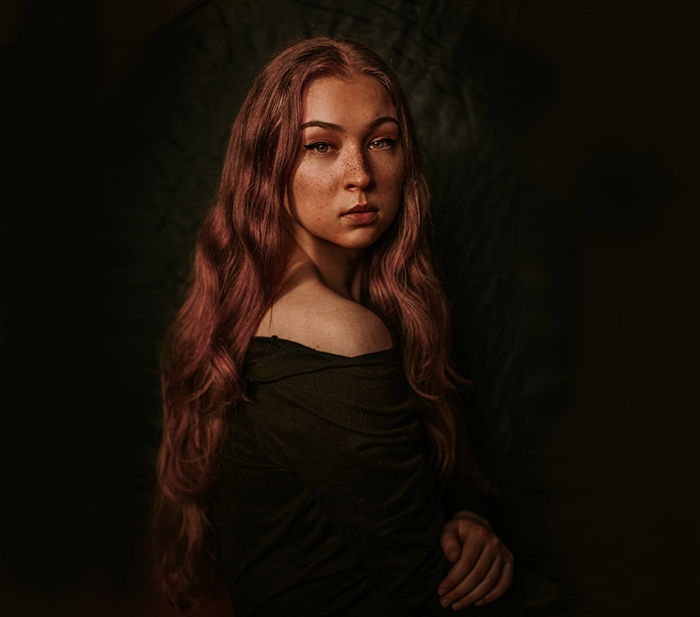
I used a small black reflector case and natural window light to take this photo. The original photo was vertical, so I simply expanded the composition and painted the empty bits black.
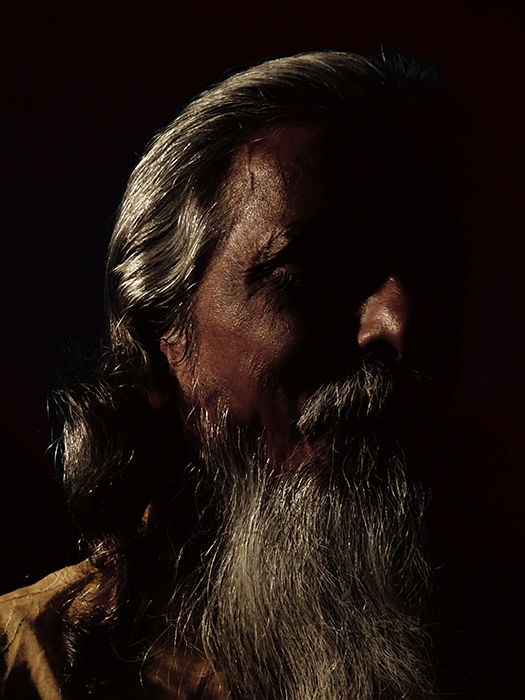
When you take photos of people, you might be tempted to keep their eyes in focus and their faces visible all the time. These techniques will help you take classic portraits. But they won’t challenge you in original ways.
If you want to experiment with silhouettes, mysterious atmospheres, and eerie compositions, break the rules. Focus on other parts of your model’s face.
For example, you can ask your model to turn their face away from your light source so that only their hair is visible.
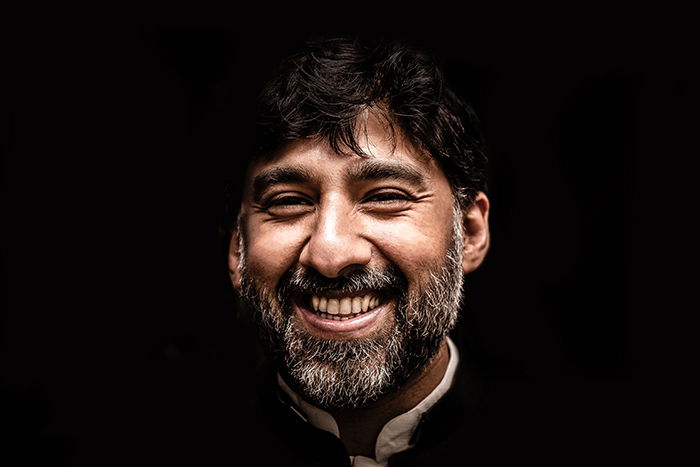
To capture genuine emotions, make sure your model feels comfortable in your presence. To achieve this, you can ask them to bring a friend or get to know them before your shoot.
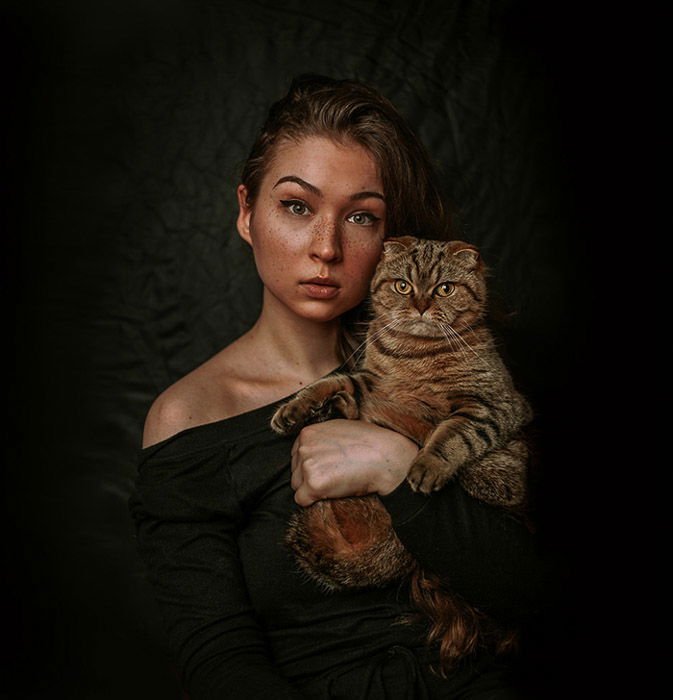
This is a self-portrait that I took with my cat. This is the only photo (out of around 100) in which she’s looking directly at the camera. Keep this in mind as you take photos of your model and their pet. With the right amount of patience, you’ll be able to take the perfect chiaroscuro photo.
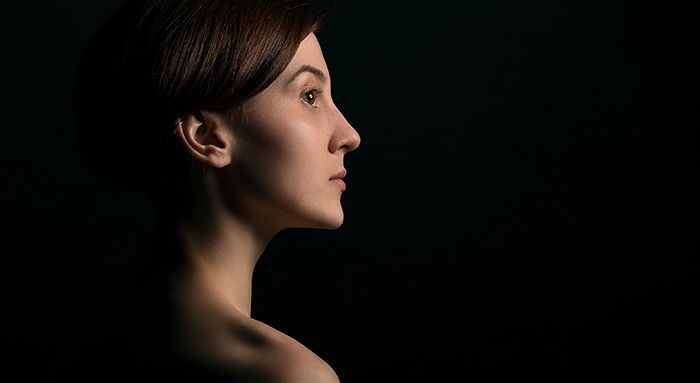
The chiaroscuro lighting effect is open to all kinds of photographers. You don’t need to own expensive equipment or have a fancy studio. And you definitely don’t need to hire professional models to take striking cinematic photos.
I encourage you to practice chiaroscuro lighting by taking photos of yourself and people you know first. After that, move on to professional models, animals, and other genres of photography.
This will help you master the chiaroscuro lighting technique and take brilliant photos at the same time.
For more great photography lighting tips, check our posts on using a rim light or a ttl flash!